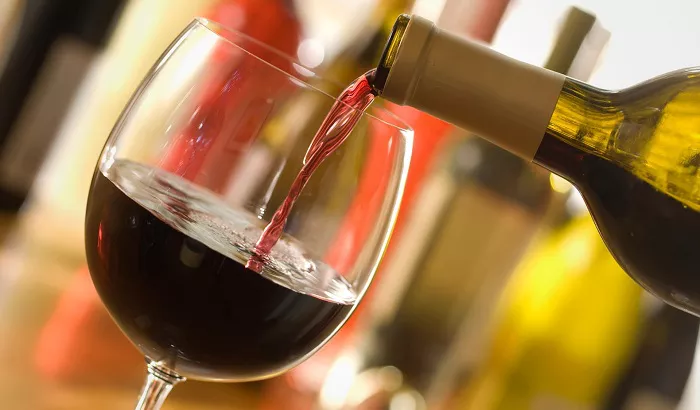In one of France’s most renowned wine regions, Burgundy, winemakers are pushing to achieve carbon neutrality by 2035—15 years ahead of France’s national target. Spearheaded by the Burgundy Wine Industry Association (BIVB), the initiative aims to slash greenhouse gas emissions by 60% while offsetting the remaining 40% through carbon storage practices such as planting hedges and trees.
Laurent Delaunay, president of the BIVB, acknowledged the significant challenge ahead but stressed the importance of addressing climate change. “It is an ambitious plan,” he said. “But climate change is a serious problem.” Delaunay emphasized the increasing damage caused to vineyards by extreme weather events, noting that the industry is witnessing these impacts firsthand.
Though still in its infancy, the carbon neutrality plan is gaining traction. Out of approximately 3,500 wine estates in Burgundy, 150 have registered on WinePilot, a digital platform that helps winemakers track and reduce their carbon footprint. According to Mathieu Oudot, head of the carbon neutrality project at the International Wine Association of Burgundy, the number of participants has more than doubled in the past six months, signaling growing momentum.
A key focus of the plan is reducing the carbon footprint of wine bottles, which contribute about 25% of the industry’s emissions. This year, producers began switching to lighter bottles weighing 420 grams, compared to the traditional 520 grams. Frédéric Drouhin of Domaine Drouhin in Beaune explained that the switch would save 500 tons of glass and reduce CO2 emissions by 100 tons annually—equivalent to more than 50 round-trip flights between Paris and New York.
Reducing bottle weight, however, has been a sensitive issue in Burgundy, where heavy glass bottles are traditionally associated with high-quality wines. Despite this, Drouhin noted that customer feedback has been positive. “We surveyed our customers,” he said. “They are not shocked, even for our top wines.”
In addition to changes in packaging, Burgundy’s winemakers are rethinking vineyard practices. Boris Champy, who established a biodynamic estate in Nantoux in 1984, has long been a pioneer of sustainable methods. His vineyards, known for their wildflowers and sheep that naturally fertilize the soil, eliminate the need for tractors. Champy, who advocates for practical solutions, has also stopped burning vine clippings, opting instead to grind them into mulch to enrich the soil and reduce carbon emissions.
While Champy’s biodynamic model may not be replicated by all, he believes certain practices can be widely adopted. In another significant move, the La Chablisienne cooperative in Chablis (Yonne) repurposed an old quarry as a storage facility, avoiding the construction of a new building. This innovative approach saved €2.5 million in construction costs and €8 million in energy expenses, as the quarry maintains a steady temperature of 12-14°C year-round without the need for air conditioning.
Damien Leclerc, managing director of La Chablisienne, expressed confidence in the region’s ability to meet the carbon neutrality target. “Even if we’re only three-quarters of the way there, it’s a significant step forward,” he said.
Despite facing both environmental urgency and cultural resistance, Burgundy’s wine industry is making significant strides toward sustainability. With increasing engagement and tangible changes across the region, Burgundy’s winemakers are setting the pace for climate action in viticulture.
You Might Be Interested In:


